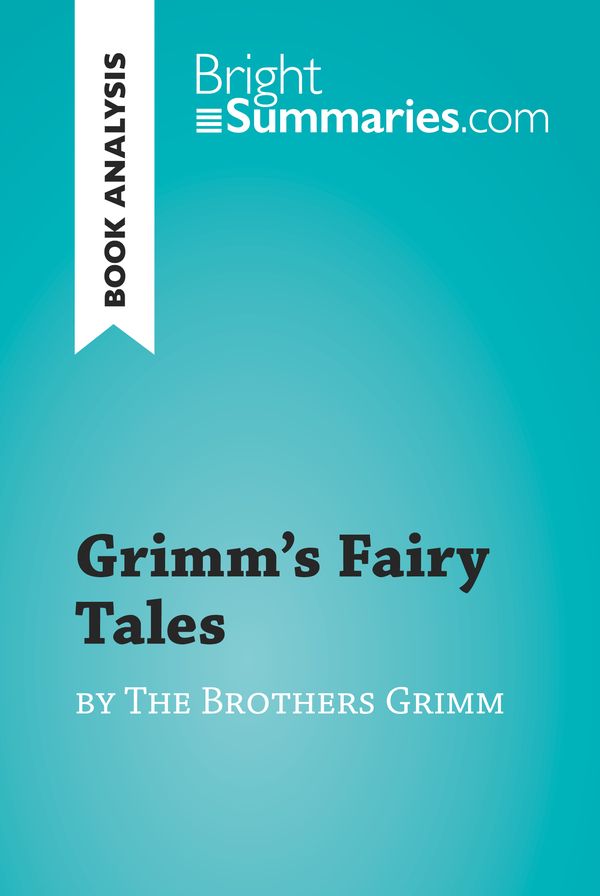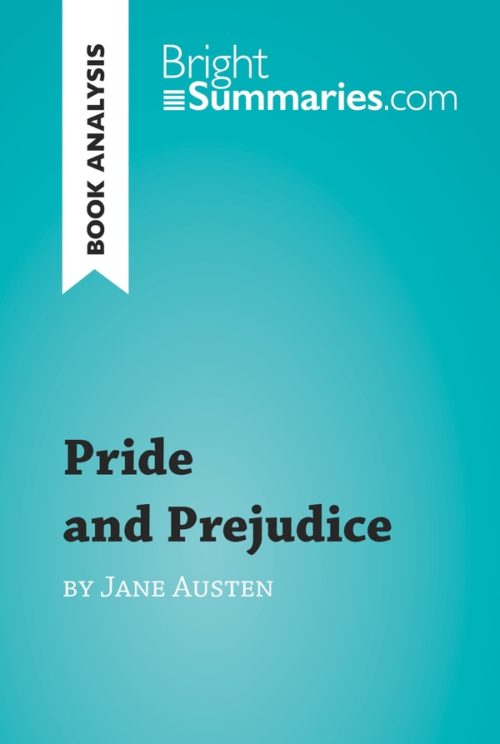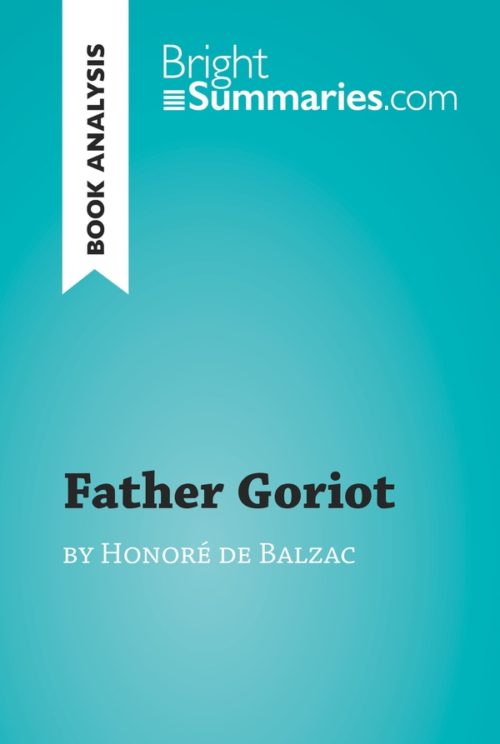Grimm’s Fairy Tales by the Brothers Grimm (Book Analysis)
Grimm’s Fairy Tales by the Brothers Grimm (Book Analysis)
Detailed Summary, Analysis and Reading Guide
Read more
This practical and insightful reading guide offers a complete summary and analysis of Grimm’s Fairy Tales by the Brothers Grimm. It provides a thorough exploration of the collection’s plot, characters and main themes, including good and evil, family and courage. The clear and concise style makes for easy understanding, providing the perfect opportunity to improve your literary knowledge in no time.
This clear and detailed 44-page reading guide is structured as follows:
- Biography of the Brothers Grimm
- Presentation of Grimm’s Fairy Tales
- Summary of Grimm’s Fairy Tales
- “The Frog Prince”
- “The Wolf and the Seven Little Goats”
- “Hansel and Grethel”
- “The Gallant Tailor”
- “The Three Spinsters”
- “Snow-white”
- “The Bremen Town Musicians”
- Character study
- The proud princess (“The Frog Prince”)
- The mother goat (“The Wolf and the Seven Little Goats”)
- Hansel and Grethel
- The tailor (“The Gallant Tailor”)
- The spinning girl (“The Three Spinsters”)
- Snow-white
- The musical animals (“The Bremen Town Musicians”)
- Analysis of Grimm’s Fairy Tales
- Narrative structure
- The fairy tale genre
About Grimm’s Fairy Tales
Grimm’s Fairy Tales, also known as Children’s and Household Tales, appeared in German between 1812 and 1815. Many of these tales had previously circulated orally; in writing them down for publication, the Brothers Grimm preserved them for posterity and helped to establish the conventions of the fairy tale genre as we know it today, including the division of the characters into clearly delineated categories of good and evil, and the presence of archetypes such as the king and the beautiful princess. This guide presents a summary and analysis of seven of the collection’s best-known tales.
About the Brothers Grimm
Jacob and Wilhelm Grimm, better known as the Brothers Grimm, were German authors and linguists who were fascinated by all aspects of Germanic culture. They immortalized Germanic oral folklore in popular culture through their written accounts of tales such as “Rapunzel”, “Hansel and Grethel”, “The Bremen Town Musicians” and “The Gallant Tailor”. They also produced new versions of fairy tales that were already famous, including “Cinderella”, “Beauty and the Beast” and “Little Red Riding Hood”. They are among the best-known tellers of fairy tales, and many of their stories remain hugely popular today.
Product details
| ISBN | 9782806296191 |
|---|---|
| Publisher | Plurilingua Publishing |
| Collection | Brightsummaries.com |
| Format | |
| Pages | 44 |
| File size | 2.2 MB |







